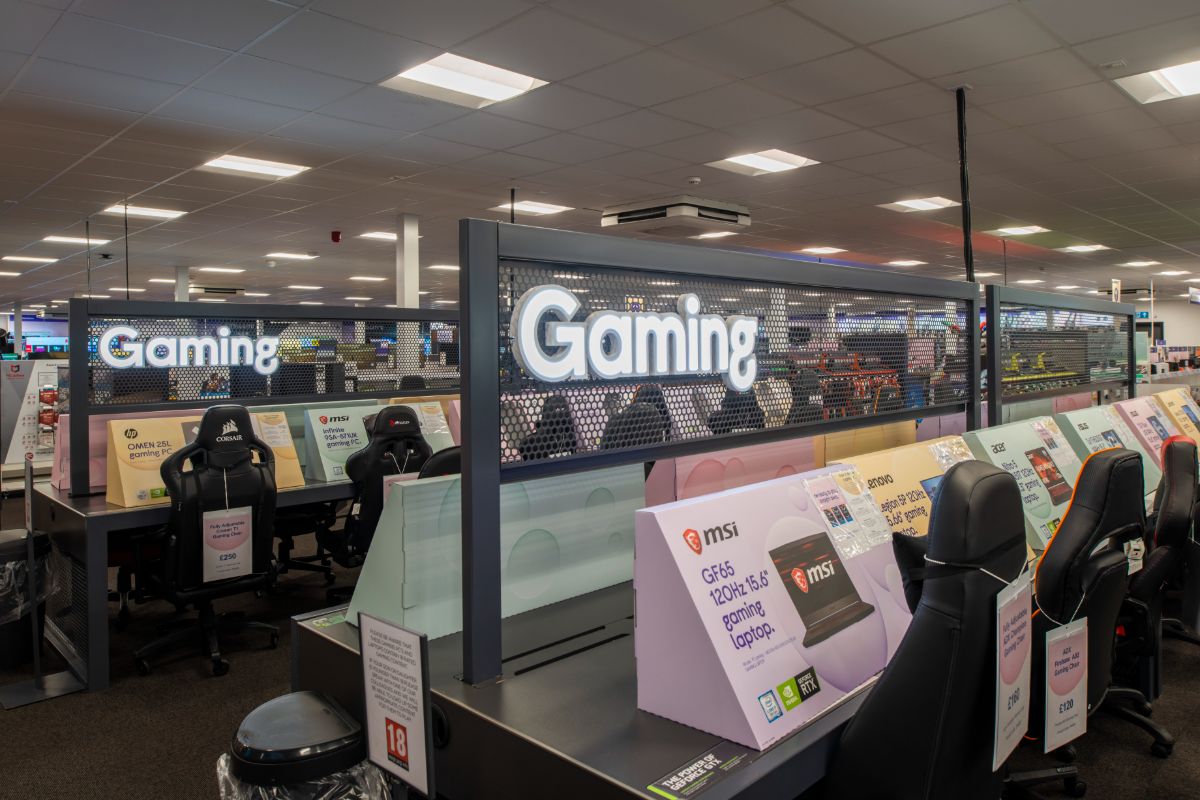The John Lewis Partnership has worked with robotics companies, design consultants and industry bodies to develop what it says is the first blueprint for human robotic interaction (HRI) of the 21st century.
The retail group, which owns John Lewis & Partners and Waitrose & Partners, has worked with the Small Robot Company whose robots are being used on the Waitrose farm, and strategic design consultancy Method, among others to develop the blueprint.
It says the initiative, which will now go out to consultation, is designed to encourage the safe and ethical use of robotics across UK industry. It will also, it says, help define how autonomous robotic technology should interact with people working in sectors from retail to including manufacturing and farming. The partnership says there is a real need for a framework to govern the way that humans and robots interact, at a time when there is a growing number of industrial robots operating in the UK.
John Vary, futurologist at the John Lewis Partnership, said: “Britain is a melting pot for robotics innovation and the use of autonomous robot technology to assist human workers is a very real prospect for the future. Before we get there, we need to define how that relationship works. The John Lewis Partnership started out as a radical experiment in industrial democracy and innovation continues to remain at the heart of our business today. Therefore we are uniquely placed to support businesses like the Small Robot Company as this technology evolves.”
Ben Scott-Robinson, co-founder of the Small Robot Company, said: “Real world robotics is set to explode. Powered by artificial intelligence, robots are now becoming truly autonomous, and we’re about to see a massive influx of commercial robots in the consumer domain. In our shops, our factories, our hotels, our streets and our fields. It’s vital that consumers can trust and feel comfortable with these encounters. So we’re launching a cross-industry initiative to create a blueprint for robotics in the fourth Industrial Revolution.”
Other collaborators on the Human Robotic Interaction initiative include The Manufacturing Technology Centre, The Turing Institute, Dr Karina Vold of the Leverhulme Centre for the Future of Intelligence, robotics designers Konpanion and industrial robotics start-up ZOA Robotics.
James Steiner, Method’s design director said: “At Method, we design new interaction paradigms that often go beyond the screen, connecting people and technology in the most human way possible. We believe that Real world robots will be powerful allies in creating a more sustainable, productive and fulfilling future for people and the planet. It’s a privilege to work with John Lewis Partnership, Small Robot Company and the rest of the HRI team to define some universal principles that can be easily applied to improve the design of any Human Robot Interaction scenario. We believe the output of this initiative will provide valuable decision-making tools to anyone embarking on creating a real-world robot solution.”
While Waitrose uses robots in the fields of its farm, and John Lewis and Waitrose use automation in their warehousing, other retailers are also well advanced in their use of robotics and automation. Ocado, for example, uses robotics widely in its warehousing and fulfilment centres, while Shop Direct is developing a new automated warehouse as it looks to cut order processing times.
Image courtesy of Waitrose/The Small Robot Company








